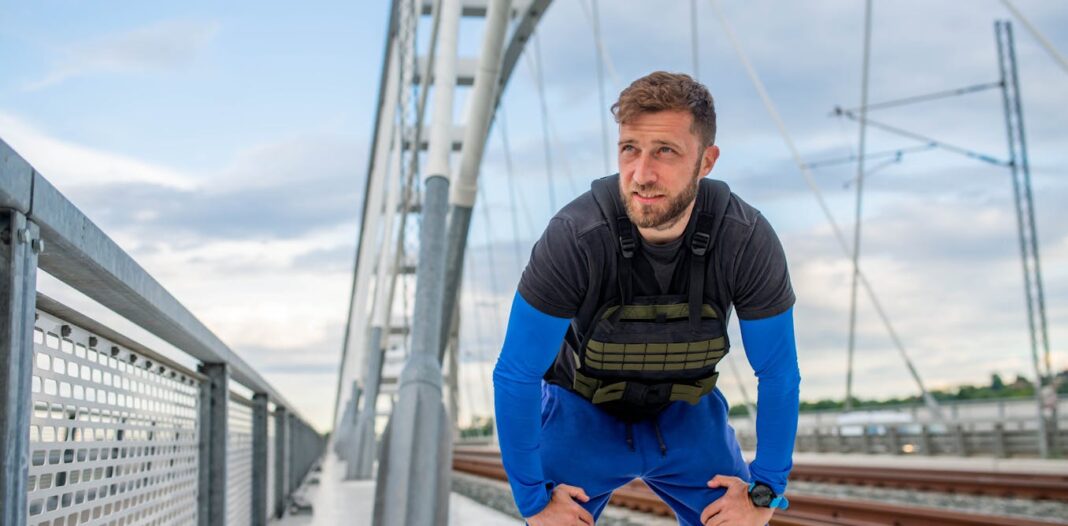What’s the Fuss About Weighted Vests?
Exercise training while wearing a weighted vest is undergoing somewhat of a renaissance. Social media posts and trainers are promoting them as a potential strategy for improving fitness and health.
What the Research Says
One of the earliest research studies, reported in 1993, followed 36 older people wearing weighted vests during a weekly exercise class and at home over a 20-week period. Wear was associated with improvements in bone health, pain, and physical function.
Since then, dozens of papers have evaluated the exercise effects of wearing a weighted vest, reporting a range of benefits. Not surprisingly, exercise with a weighted vest increases physiological stress – or how hard the body has to work – as shown by increased oxygen uptake, heart rate, carbohydrate utilisation, and energy expenditure.
Does More Load Mean Greater Injury Risk?
A small 2021 study suggested additional weights don’t alter the biomechanics of walking or running. These are important considerations for lower-limb injury risk. The safety considerations of exercising with weighted vests have also been reported in a biomechanical study of treadmill running with added weight of 1% to 10% of body weight.
Better for Weight Loss or Bone Health?
While wearing a weighted vest increases the energy expenditure of aerobic and resistance exercise, research to show it leads to greater fat loss or retaining muscle mass is somewhat inconclusive. One older study investigated treadmill walking for 30 minutes, three times a week in postmenopausal women with osteoporosis. The researchers found greater fat loss and muscle gain in the participants who wore a weighted vest (at 4–8% body weight).
Making Progress
As with any exercise, there is a risk of injury if it is not done correctly. But the risk of weighted vest training appears low and can be managed with appropriate exercise progression and technique.
The Bottom Line
Weighted vest training is just one tool in an absolute plethora of equipment, techniques, and systems. Yes, walking or jogging with around 10% extra body weight increases energy expenditure and intensity. But training for a little bit longer or at a higher intensity can achieve similar results.
Conclusion
In conclusion, weighted vest training is a viable option for those looking to increase the intensity of their exercise routine. While the research is not yet conclusive on its effects on weight loss and bone health, it does appear to increase physiological stress and may be beneficial for improving bone density. However, it is essential to approach weighted vest training intelligently, considering fitness level, existing and previous injuries, and appropriate progression for intensity and repetition.
FAQs
Q: Is weighted vest training safe?
A: The risk of injury appears low, but it is essential to approach training intelligently, considering fitness level, existing and previous injuries, and appropriate progression for intensity and repetition.
Q: Can I use a weighted vest for resistance training?
A: Yes, weighted vests can be used for resistance training, but it is probably easier and more convenient to use barbells, dumbbells, kettlebells, or weighted bags.
Q: Will wearing a weighted vest increase my injury risk?
A: No, the research suggests that wearing a weighted vest does not alter the biomechanics of walking or running, and the risk of injury appears low.
Q: Can I use a weighted vest for weight loss?
A: The research is not yet conclusive on the effects of weighted vest training on weight loss, but it does appear to increase energy expenditure and intensity.




